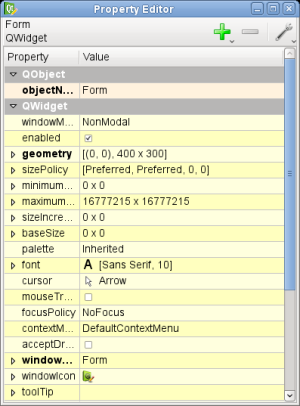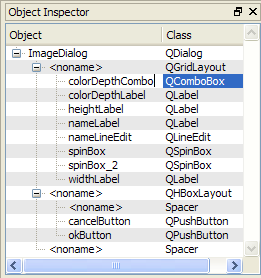@AGlass0fMilk
We can have the GUI builder automatically disable components that a design does not use at time of generation.
As long as this feature is by default, and not mandatory, I'm fine with that. I just don't want the GUI builder to restrict functionality, i.e. the user should easily be able to adjust lv_conf.h and make changes to the generated C code.








 Just type some XML tags:
Just type some XML tags:
In continue of https://github.com/littlevgl/lvgl/issues/601
So according to my current understanding, the concept is the following:
I expect that some extensions should be developed. For example one basic thing came to mind: when you click on the canvas to select an object to edit it, the object on that coordinate should be get and highlighted.